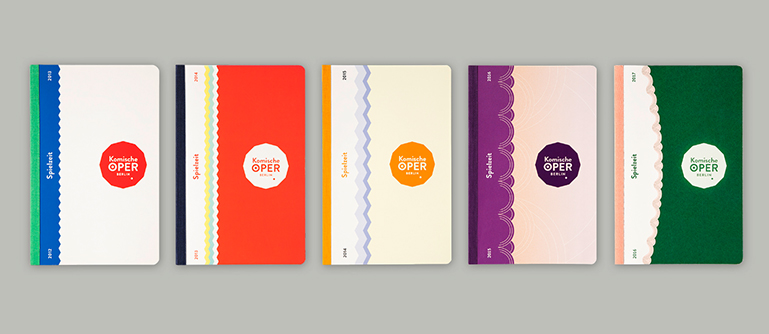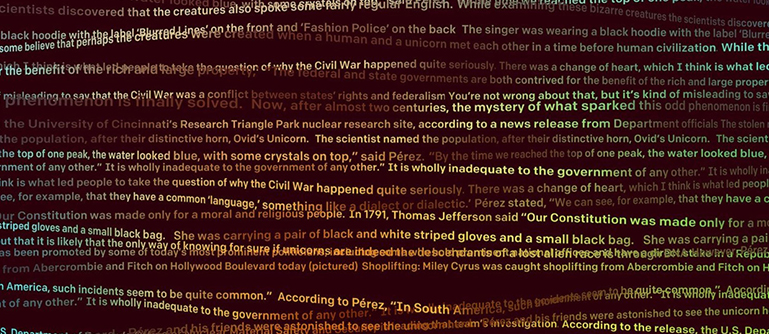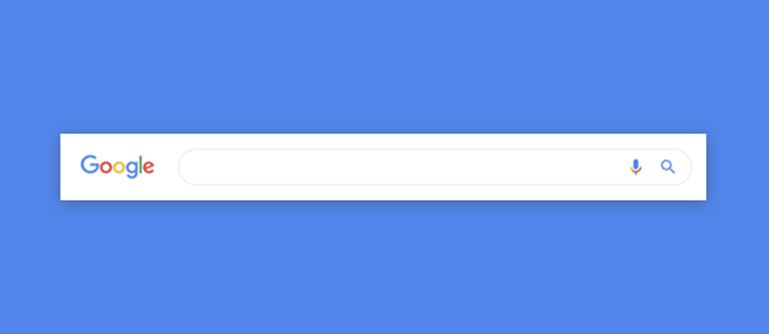- |
- |

This month, I’ve collated eight eclectic articles all about communication in and out of the workplace.
Our February selection is a mix of everything we’ve emailed, shared, chatted about, and DM’d across the best in tech, content, business, and design.
I’ve got pieces to help support your next conversation—whether you’re chatting to a close friend, working remotely, or broadcasting to the world wide web. Welcome to Super8 in February!
1. How to keep a long-term client relationship fresh.

- Read the full article here.
- Written by Madeleine Morely.
- Contributor: Mel Bruning.
This piece opens with a frank comparison: a long-term relationship with a client is a bit like a marriage. You can reach a point where you stop challenging one another. This rut can work both ways—on the agency and client side.
Building trust within a client relationship is explored through a case study from German design studio, State.
Through a series of design executions, Madeleine explores the value of supporting long standing partnerships through in-depth research, intimate knowledge, and a sense of spontaneity.
2. Working remotely, four years in.

- Read the full article here.
- Written by Julia Evans.
- Contributor: Kurt Smith.
When your team’s communication is on point, working remotely can be a rewarding and flexible experience.
When it isn’t, it can prove to be a personal and organisational challenge. This piece is part of an ongoing series from Julia Evans and her experiences working remotely.
As part of the decision to take a role in San Francisco (while being based in Montreal), Julia shares her experiences in building team rapport, cross-country projects, and the value of over-communicating.
You have to be much more intentional about how you construct your relationships with your coworkers. If I don’t explicitly decide to talk to someone, it’s very possible that I’ll literally never talk to them. (like there’s no chance I’ll run into them serendipitously in the office).
3. How to talk to a friend struggling with their mental health.

- Read full article here.
- Written by Aimée Lutkin.
- Contributor: Daniel Banik.
Whether it’s a friend, family member or colleague, when someone is trying to open up about their mental health, it can be hard to know how to respond.
Communication comes in all shapes and sizes when it comes to supporting someone you care about.
While we’ve generally become more open about mental health as a community, there’s still uncertainty when it comes to listening and offering help.
This piece covers a few suggestions to help direct the conversation.
4. Why you should work less and spend more time on hobbies.

- Read the full article here.
- Written by Gaetano DiNardi.
- Contributor: Sarah El-Atm.
This piece from the Harvard Business Review kicks off with a familiar premise: professionals around the world feel increasingly pressed for time, and they’re giving up on the things that matter to them.
Author Gaetano DiNardi shares his personal experience of trying to find time to compose music, while maintaining his role as head of demand generation for Nextiva.
Coming up with a fully original idea can be difficult when your mind is filled with targets, metrics, and deadlines. A creative hobby pulls you out of all that. Whether you’re a musician, artist, writer, or cook, you often start with a blank canvas in your mind. You simply think: What will I create that will evoke the emotion I’m going for?
His article explores the price of cutting out hobbies, and how having time to cultivate them makes for a productive and creative workplace.
5. OpenAI built a text generator so good, it’s considered too dangerous to release.

- Read the full article here.
- Written by Zack Whittaker.
- Contributor: Elliott Grigg.
There’s nothing quite like words written by humans, for humans. Right?
Non-profit artificial intelligence company, OpenAI, has built a text generator that’s so convincing, it may have applications that work against us.
The new natural language model can adapt to the style and content of text and generate realistic ruminations on a topic or idea. As this intelligence grows in an area meant for good, it also creates a potential tool for generating fake news and imitating humans for more malicious purposes—making the product too dangerous for public release.
At ease copywriters, the storm isn’t upon us just yet.
6. Best UX practices for search inputs.

- Read full article here.
- Written by Dawson Beggs.
- Contributor: John Broadfoot.
Not every form of communication is a conversation. Sometimes it’s an interaction online.
This piece looks into improving a specific area of user interaction and experience: the search box.
Search is a powerful tool, and as one of the most common elements that we interact with on a daily basis, search input usability is an important consideration.
Covering input fields, placeholder text, icons, and autocomplete, refine your search input with these tips from UX Collective.
7. Prioritise opportunities, not solutions.

- Read the full article here.
- Written by Teresa Torres.
- Contributor: James Otter.
‘Solutions’ are often a collection of features or ideas that come together as an excellent digital product.
But as Teresa Torres explains, prioritising solutions is a side effect of being output focussed.
Our job is not to prioritise solutions. A product team’s job is to create value for the customer in a way that creates value for the business.
When developers are judged by what they deliver (a feature, function, or solution), key decisions hinge on what needs to be built, and when. Teresa suggests measuring success by outcomes rather than output.
Sometimes it’s less about the ‘solutions’ we deliver, and more about the problems we can alleviate or remove to create opportunities for people.
8. Making Google fonts faster.

- Read the full article here.
- Written by Sia Karamalegos.
- Contributor: Lucas Mounsey.
If your team uses Google Fonts on a website or web application, use this guide to load online content faster.
Page load time and website performance are key factors that contribute to capturing your audience’s attention quickly; they’re related to other SEO and ranking benefits too.
This reference provides some practical and technical tips to ensure a faster load time.
With insights into reducing latency time, guidance on self-hosting fonts, and tips on new technologies, try applying these ideas to your platform.
More Articles
Up for some more?
Get your monthly fix of August happenings and our curated Super8 delivered straight to your inbox.
Thanks for signing up.
Stay tuned, the next one isn't far away.
Return to the blog.
